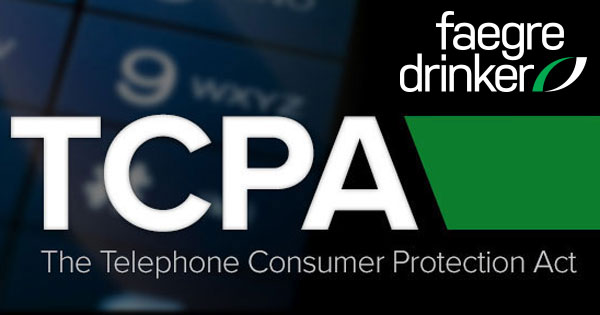Following an explosion in September in the Chelsea neighborhood of New York City and discovery of other unexploded homemade bomb devices, the New York Police Department identified a suspect, Ahmad Khan Rahami, who was sought in connection with the bombings and attempted bombings in Manhattan and New Jersey. For the first time ever in this circumstance, the NYPD used a communications tool initially known as the “Commercial Mobile Alert System” (CMAS) and later renamed to be “Wireless Emergency Alerts” or WEA to function as an electronic wanted poster. This was in contrast to more familiar uses of this emergency communications capability, such as the localized transmission of severe weather advisories or Amber Alerts. Under FCC rules, these alerts are originated by authorized federal, state and local governments, and they currently are used to geographically target 90-character messages that fall into three distinct categories: Presidential, Imminent Threat, and Amber Alerts.
Acting on instructions to set up a public emergency alert system under the 2006 WARN Act, the FCC initiated a rulemaking and advisory committee process that culminated in 2008 in the FCC’s adoption of a set of rules for wireless carriers who choose to transmit emergency alerts to their subscribers so that public emergency or disaster warnings might timely reach geo-targeted mobile devices capable of receiving these alerts. This alert delivery ecosystem is distinct from that of commercial mobile messaging and it relies upon a federal designated government entity acting as a gateway to aggregate and authenticate potential alerts that originate from state, local and tribal governments and then push them out to wireless carriers for delivery to subscribers on a geo-targeted basis. The FCC postulated in its 2008 Order that a federal safety or emergency management agency would logically be in the best position to fulfill the anticipated federal aggregator/gateway function for WEA alerts to the public. As WEA was implemented and rolled out in 2012, FEMA assumed the role of the federal gateway for the wide range of potential governmental alert originators, and since that time the system has been utilized for a variety of localized weather related advisories, Amber alerts, as well as evacuation or other public safety notices.
In contrast to the TCPA regime of requiring prior consent for certain types of calls and texts, the FCC’s framework for WEA explicitly states that the subscribers of all participating wireless carriers are automatically opted in to receive all WEA alerts sent from FEMA to the wireless carrier for dissemination, regardless of whether the cost of the call or text is borne by the called party. While it is possible for a subscriber to contact their wireless provider to opt out of receiving most WEA messages, FCC rules do not allow opt out from receiving Presidential messages.
Use of the WEA system in New York on September 19 to deliver a terrorist manhunt message was the first of its kind, and it underscored that the initial capabilities of WEA as rolled out had failed to keep up with evolving technology and messaging capabilities. The message was as straightforward as possible given the 90 character message limitation on the system: “WANTED: Ahmad Khan Rahami, 28-yr-old male. See media for pic. Call 9-1-1 if seen.” Wireless phones all over Manhattan and beyond blared with the WEA alert sound and lit up, as wireless carriers sent the message to wireless towers in and around Manhattan. By late morning the suspect had been apprehended. U.S. Senator Chuck Schumer, among others, was publicly critical of the fact that there was no ability to link the message to a photo of the suspect and he urged the FCC to complete a pending Notice of Proposed Rulemaking that proposed to require the roll out of updated technical functionality for WEA system. The FCC on September 29 voted to approve an Order permitting use of additional characters for longer messages, allowing the use of hyperlinks for additional information, and seeking to improve the geo-targeting of WEA messages so as to more finely pinpoint dissemination of messages to local areas affected by a particular alert. Other issues the FCC considered include enhanced testing and reporting by alert originators, and the ability to support multilingual messaging. These anticipated changes will not be available immediately, as changes to the gateway and wireless carrier networks may be required.

